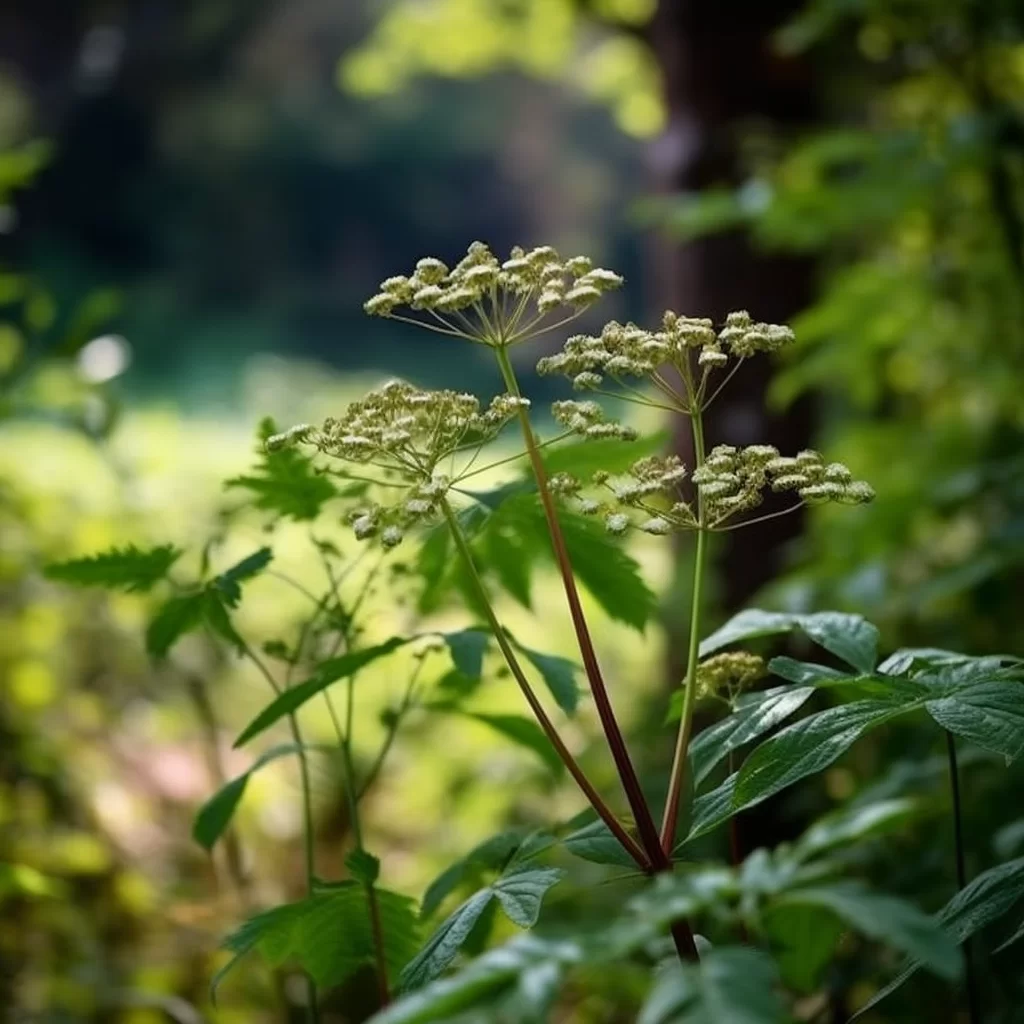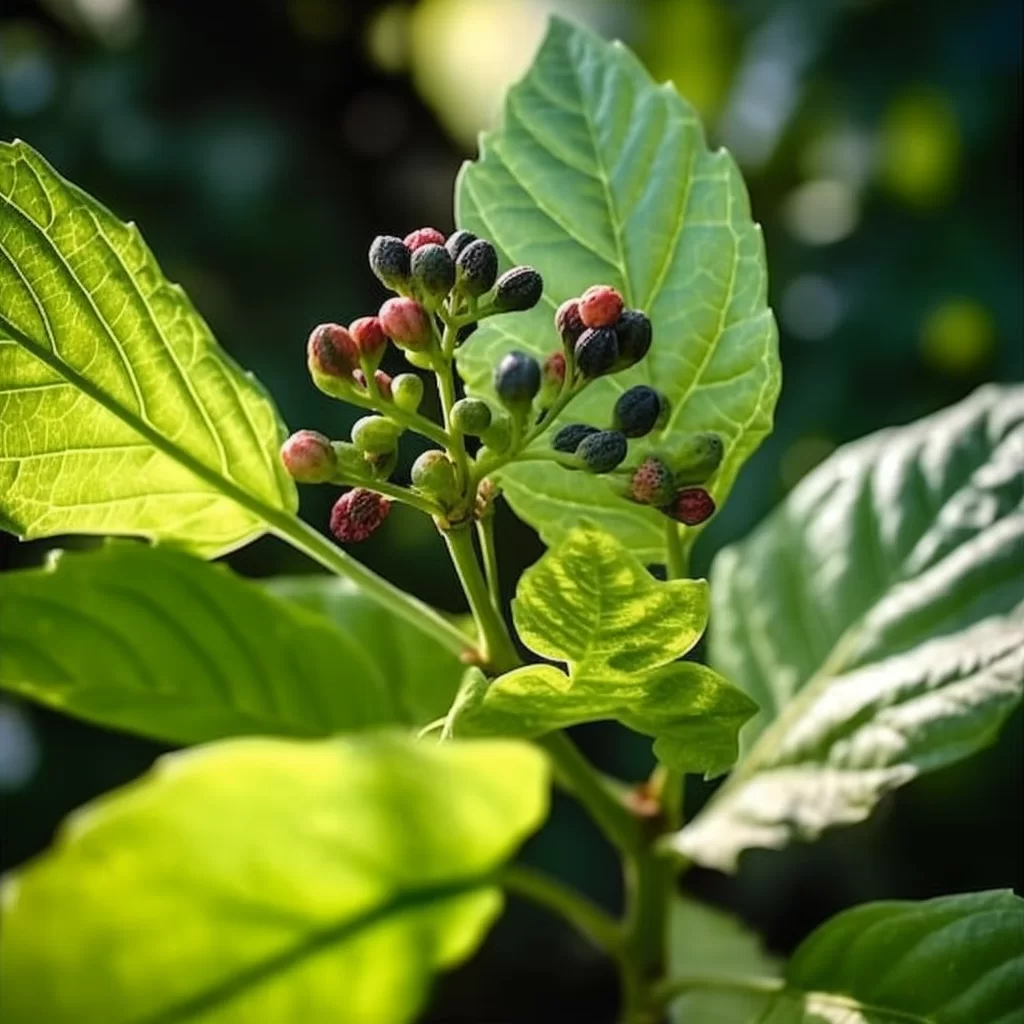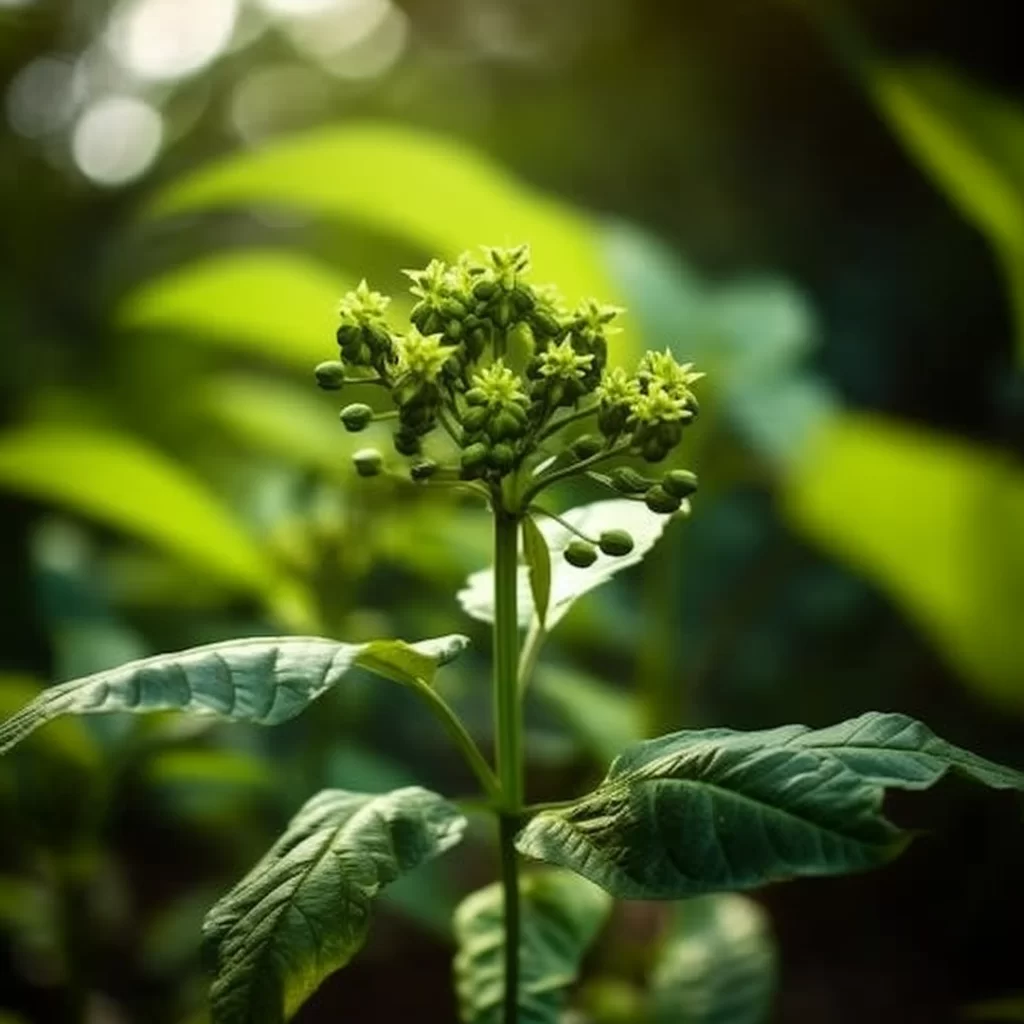Story of Day :
Contents
- 1 The Ultimate Guide to Elder Plant Care: Tips and Tricks
- 2 What is an Elder Plant?
- 3 Characteristics of Elder Plants:
- 4 Growing Elder Plants:
- 5 Maintenance Tips for Elder Plants:
- 6 Pests and Diseases That Affect Elder Plants> Aphids: These small insects suck sap from young stems causing wilting and leaf distortion. Borers: These larvae tunnel through stems weakening plants’ structure and causing dieback. Cabbage loopers: These caterpillars can defoliate entire elder plants if not managed quickly. Powdery mildew: This fungal disease appears as a white or gray coating on leaves and stems, which blocks sunlight, stunting growth. </LI Harvesting and Uses of Elder Plant:
- 7 In summary,
The Ultimate Guide to Elder Plant Care: Tips and Tricks
Are you looking for an easy-to-grow plant that can add beauty, fragrance, and practical benefits to your garden? Look no further than the elder plant (Sambucus nigra), a versatile shrub that offers a wide range of uses in culinary arts, herbal medicine, landscaping, and wildlife conservation.
In this article, we’ll explore everything you need to know about elder plants: their characteristics, growth requirements, propagation methods, pests and diseases to watch out for and more.
By the end of this guide, you’ll be ready to grow your own elder bushes with confidence.
What is an Elder Plant?
- An elder plant is a deciduous shrub or small tree that belongs to the genus Sambucus within the Adoxaceae family.
- Elder plants are native to Europe but have been introduced in many parts of North America as ornamental or medicinal species.
- The most common species of elder plants are Sambucus nigra (black elder), Sambucus canadensis (American elder), and Sambucus racemosa (red-berried elder).
Characteristics of Elder Plants:
- Elder plants can grow up to 10 feet tall but usually stay between 6-8 feet in height at maturity.
- They have compound leaves with 5-7 leaflets arranged opposite each other on the stem.
- The flowers bloom from late spring through early summer in clusters called cymes composed by dozens of tiny white or cream-colored blooms</LI
- The fruit produced by elders are small black or red berries encased in clusters called umbrels.
Growing Elder Plants:

Soil and Sunlight Requirements:
- Elder plants prefer loamy, well-drained soil with a pH range of 6.0 to 7.5.
- They prefer full sun but can tolerate partial shade in hotter climates.</lI
Planting and Propagation:
- Elder plants can be propagated from seeds, cuttings, layering or suckers.</lI
- If you plant elder seeds in the fall or stratify them for three months prior to planting in the spring you’ll have better results with germination.</LI
- The best time of year to take elder cuttings is during the late fall when the shrub has lost its leaves but still retains moisture.
Cut a branch about six inches long and dip it into rooting hormone before planting it in moist soil.
</LI
Maintenance Tips for Elder Plants:

- Fertilize your elder plant only if there is no visible new growth by adding compost around its base or applying an all-purpose slow-release fertilizer at half strength.</LI
- Prune your elder plant during winter dormancy by removing old wood that is more than three years old from near the base as well as crossing branches or shoots that block airflow within the shrub.
- To promote more fruit production on younger branches every year remove one-third of older stems at ground level.
Pests and Diseases That Affect Elder Plants
>
</LI

Harvesting and Uses of Elder Plant:
- The flowers are edible raw or cooked in various recipes such as tea, syrup, wine jellies or baked goods like pancakes and muffins.</li
- The berries are used similarly to the flowers for both food and medicinal purposes but need to be cooked because they contain small amounts of toxic alkaloids.</LI
- Elder plant has been traditionally used in herbal medicine to relieve respiratory infections, colds inflamed sinuses coughs fever joint pain inflammation kidney stones headaches stress anxiety insomnia high blood pressure arthritis gout swelling skin problems sunburn cuts bruises eczema wounds.

In summary,
Elder plants are a fantastic addition to any garden with their beauty fragrance delicious fruits medicinal qualities.
They’re also easy enough for novice gardeners but offer plenty of challenges for experienced growers.
By following these tips care guidelines you’ll have a healthy thriving elder plant that’ll provide you with an abundance of joy
.